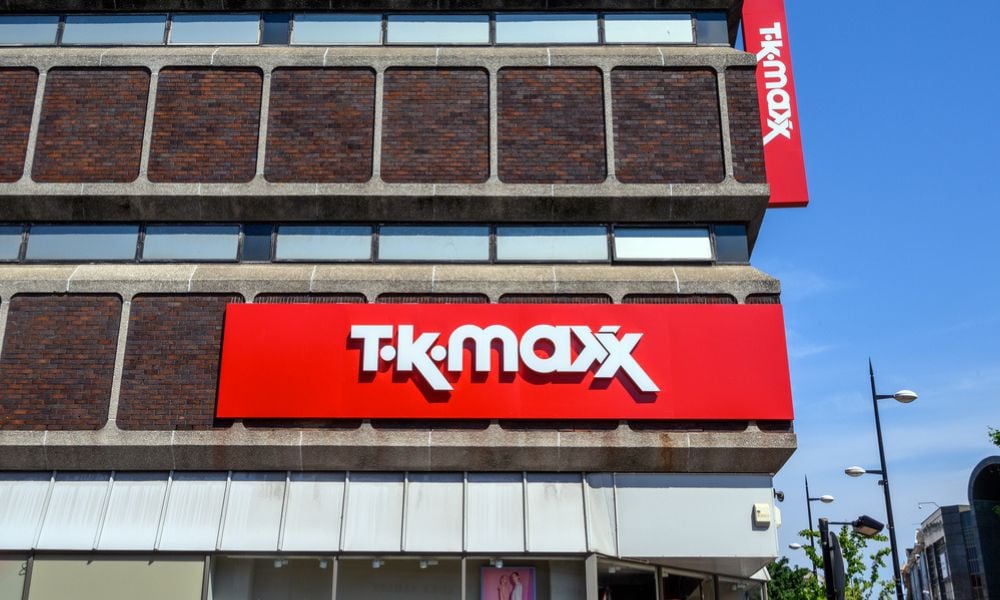THE NUMBER of women on boards and in executive management positions has declined since2006.
The 2004 Australian census of women described the pace of change as ‘glacial’, now, it appears, even that progress is being lost, reports Sarah O’Carrroll
THE NUMBER of women on boards and in executive management positions has declined since 2006.
The recently released Australian Census of Women in Leadership revealed that the level of women in executive positions has declined to pre-2004 levels in some cases, meaning that Australia now trails the US, UK, South Africa and New Zealand.
Comparing this year’s census results to those of 2006, Director of the EOWA (Equal Opportunity for Women in the Workplace Agency) Anna McPhee said that everyone from business leaders, employers, educators, parents, men and women should be concerned about this chronic waste of female talent.
“At the 2006 census we described the pace of change as glacial, in 2008 the results show that women’s progress is melting away” said McPhee. “The dearth of women at the top levels of business is the result of fewer opportunities, hostile cultures and outdated work practices that haven’t kept pace with women’s increased education levels, experience and ambition to be among the people influencing Australia’s future”.
The census – which was conducted in partnership with ANZ, Macquarie University and the US research organisation Catalyst – showed the number of women executive managers in the ASX200 has declined to 10.7 per cent from 12 per cent in 2006 and 11.4 per cent in 2004. The number of companies with no women executive managers has risen sharply to 45.5 per cent from 39.5 per cent in 2006.
At the time of the census, women held only four CEO positions (2 per cent), at Harvey Norman Holdings Limited, Macarthur Coal Limited, Macquarie Airports and Singapore Telecommunications Limited.
Women chaired just four boards (2 per cent) and held 8.3 per cent of board director positions, a decline from 8.7 per cent in 2006 and just 0.1 percentage point higher than in 2004. Furthermore, more than half of all ASX200 boards have no women board directors at all. Only in 6 per cent of ASX200 companies, 25 per cent or more of the board directors are women, a decrease from 12 per cent in 2006 and 7.1 per cent in 2004.
Also recently released on behalf of the EOWA, the Auspoll survey of more than 3000 business professionals – including human resource practitioners from many of Australia’s biggest companies –revealed that 82 per cent of the general community and 94 per cent of the business community are aware that Australian women, on average, earn less than Australian men. In respect of that, 80 per cent of the general community and 96 per cent of the business community believe that action must be taken to close the gap between men’s and women’s earnings.
Nareen Young, CEO of the Diversity Council of Australia, urged the Federal Government to fund an urgent education campaign across the Australian business community. “Now that people recognise there is pay inequity, the time is right for Government to examine what it can reasonably do to help change the status quo,”she said.
“One initiative could be to educate business on how women’s contributions in the workplace are under-recognised, undervalued and underpaid and then find ways to address these issues.”








